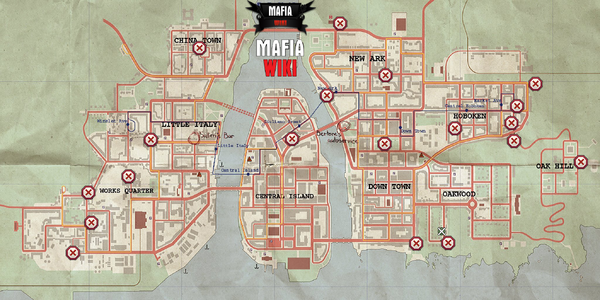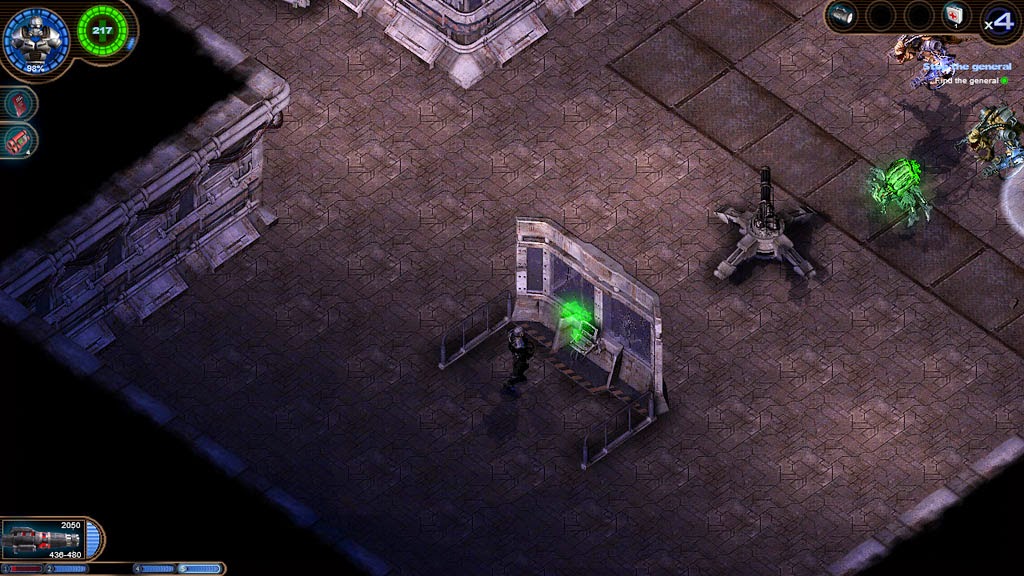
Celeste Game
Fixed grabbing a Dream-block on-exit when the game is running at high speeds in Variant mode; Can no longer hide the HUD in the Farewell ending Cutscene, which caused an empty room to be displayed; Fixed the in-game Variants Menu option still having a 'BETA' tag in English. Celeste is a critically acclaimed side-scrolling platform game created by Matt Makes Games Inc. The game was released on January 25, 2018, for Nintendo.
A year ago, the Nintendo Switch looked like a Hail Mary from a legacy game company that desperately needed a win. A hybrid machine—part living-room console, part handheld— that turned the Wii U’s kinda-portability into a success? Well, it could work.maybe.Now, of course, the Switch feels like an inevitability. It has already outsold the lifetime sales of the Wii U, and is on pace to match up with the runaway, culture-redefining success of the Wii. Nintendo's latest console was a juggernaut in its first year, largely by becoming precisely what many analysts (including me) suggested it needed to be: a system that buoyed a series of excellent first-party titles with a healthy diet of indie games and ports. Which raises the question: where does Nintendo go from here?The answer?
More games like Celeste. Celeste, out this week simultaneously on PlayStation 4, PC, and the Nintendo Switch, is a retro-styled 2D platformer about climbing mountain ruins. It's also more than that: it's a lush, warm story of a girl challenging herself and winning. It's one of the best feeling, and best sounding platformers I've played in a long time, invigorating and clever. Each screen is a small puzzle of acrobatic routing, offering easy and difficult paths through the environment, allowing the player to challenge herself or just move on. See, the early strategy of the Switch, while successful, has a problem.
In courting indies, Nintendo has spent a good deal of its first year courting yesterday's indies. An updated version of the hit Stardew Valley; an expanded version of retro love letter Shovel Knight. The Switch's lineup often has had the air of a fabulous secondhand store, offering some incredible finds and fond memories but nothing new. Don't get me wrong, there have been a few successful fresh titles on the Switch (the beautiful Graceful Explosion Machine comes to mind), but Nintendo's first year with the Switch has been defined not just by ports and indies, but by ports and indie ports. Not that you can really blame Nintendo. The games they've gotten placed on the Switch are good ones, and they're titles that people have wanted.
Porting a game to the Switch still has a lot of power and mystique in it, and even games that have been everywhere like Super Meat Boy have sold better on the Switch than on any other platform outside of their initial releases. People want these games on the go. Courting established talent and getting popular indies involved in the console shows more savvy in navigating the western indie game scene than Nintendo has shown in its entire company history.But if Nintendo wants to truly commit to excellent independent games, and truly establish the Switch as a home for them, it has to do more than court established talent. It has to develop new talent. Going into the second year of the Switch, Nintendo has an opportunity to embrace the independent gaming community in a broader way than it has in the past.
Otherwise, there's a risk that the Switch could find itself in a rut, only ever repeating the successes of other segments of the indie market instead of creating its own.Games like Celeste, which Nintendo supported through the entire last year of its development, are a start. Original, stunning works from established developers. But Nintendo, with its resources and the growing good will of its audience, has the chance to do a lot more.
A challenging action platformer about climbing a mysterious mountain.Expect to pay £18/$20Developer Matt Makes Games IncPublisher Matt Makes Games IncReviewed on Core i7-4720HQ, 16 GB RAM, GeForce GTX 980MMultiplayer NoneLinkCeleste is an adventure about overcoming adversity, and what better way to simulate adversity than with a punishingly difficult platformer? Don’t let that scare you, though. For those who have finished (or almost finished) the likes of Super Meat Boy, 1001 Spikes, and N, Celeste probably won’t feel difficult at all. And that’s because, crucially, Celeste is a game that feels designed to accommodate people who can’t complete those games.
Rather than being hard for its own sake (sometimes, in the right hands, a good thing), Celeste is hard for a reason that dovetails with its themes and narrative. And much like the demons that haunt the game’s protagonist, the difficulty does relent. You will finish this game. But if you’re like me, you’ll die upwards of 3,000 times doing so.You play as Madeline, a mopey young girl hellbent on climbing the titular Celeste Mountain.
It’s a tall, dangerous, seemingly haunted mountain: not the kind you’d normally want to climb. But Madeline does, because it seems to her that she can’t get anything else right in her life. She can’t make peace with herself or anyone around her, so why not dive headfirst into a superfluous and insurmountable challenge? Why not indeed.It’s a twitch platformer: one must move with the utmost precision, usually very quickly, from the beginning of the screen to the end of it. Spikes, red ooze, fatal falls all the usual environmental hazards are here, and they’ll all kill you on impact. Madeline can jump, dash (both mid-air and on the ground), and she can also climb walls and cliff faces.
For the bulk of the game that’s all she can do, though certain environmental features, specific to each of the worlds, tinker with this format in a variety of ways. You’ll find jump pads, red glowing balls that hurtle you endlessly in any given direction, and green diamonds which, if touched mid-air, grant Madeline an extra mid-air dash. And this is just to name a few: Celeste never stops adding modifiers to its simple two-button platforming schematic, and most of them are centred around momentum.Celeste has a ground-is-lava feel best captured recently in Ori and the Blind ForestSome are better than others. Cut the string of life trailer.
Chaining jump dashes between green diamonds is a treat, as is manipulating directional blocks to leap deftly through levels. At times, Celeste has a ground-is-lava feel best captured recently in Ori and the Blind Forest, in the way it has you charging through the cosmos in a graceful, balletic dance.I have to be pedantic though, and mention a certain “twist” that doesn’t work: wind.
When it’s blowing in Madeline’s favour, it’s plenty of fun to course through the air and between hurdles at three times the normal speed. But the moments when she must press against it feel like navigating through treacle. In an otherwise brilliant and challenging platformer, these are among the most tedious moments I’ve experienced in a modern 2D game. Celeste is about snappy, die-and-immediately-try-again gameplay, and this goddamned wind is a huge momentum killer.
I had to take a break from the game, not because a challenge was especially hard, but because the wind tied knots in my chest. It was just so annoying, in the way it undermined the thrill of learning the best course through a problem. Sure, you’re at high altitude, and sure, there would be wind. But the wind sucks, and videogames aren’t real. Thankfully, the especially grating examples of this are few and far between.C'est la vieWhat makes Celeste really interesting is the way it weaves its narrative around this twitch platforming template. Conventional wisdom states that if a platformer is to have a narrative worth following, it must usually be an exploratory Metroidvania affair, or else it must be easy, lest you not feel the gratification of closure. But this story of a young girl’s efforts to make peace with herself is full of story beats and, crucially, narrative justification for the feel of its gameplay.
One can assume that scaling a scary and mysterious mountain is tough, but the reason Madeline is scaling it, and the things we learn about her as she does, lends a sense of urgency and purpose to this toughness.The familiar pattern of failing and trying again, over and over, sometimes seemingly to no avail, is very much a part of Madeline’s frame of mind: whether she’s scaling a mountain or not. In this way, Celeste feels less like a niche game for fans of difficulty, and more like one that utilises its gameplay rhythms in a way that will feel meaningful to everyone. It helps that the platforming is leavened with more open-ended areas focused on light puzzling, and these often double as tutorials for the new elements that will prevail for the next few play sessions.There are characters in Celeste, and while they’re cutesy (a trait you can blame for the Banjo-Kazooie-esque garbled speech) they’re all haunted by their own demons. There’s the crazed hotelier, the happy-go-lucky thrill seeker, the sour old woman, and importantly, the character known as Part of Me. This is basically the sullen, fatalistic version of Madeline, a haunted, spectral figure that naysays everything the protagonist does. “Are you the weak Part of Me, or the lazy part?” Madeline asks this spectre at one point, while on the receiving end of her naysaying.
Part of Me replies: “I’m the pragmatic part.” Madeline’s determination could read as a banal retreading of the “anything is possible” motif so frequently ladled out by American cinema and blockbuster videogames, but the message isn’t quite as bluntly hopeful as that. AscensionBut what really sets Celeste apart, aside from what many players will regard as window-dressing (the story), is the fact that you’ll finish it. Twitch platformers are my bread and butter, I love them, they’re the games I cherish the most.
But I’ve never finished Super Meat Boy, I’ll never finish N, and 1001 Spikes can die in a fire, though I love it dearly. I’m happy to play a game for as long as I’m capable and not finish it, but many aren’t. This game is for those who aren’t. Those looking for an especially caustic challenge can find cassettes throughout Celeste’s world which “remix” the game in dramatically devious ways, but I’m fairly certain that anyone, with the right amount of determination, can complete the core game. I did so in about ten hours. If you can finish Shovel Knight, you can finish this.And that’s probably my favourite aspect of Celeste: it wields difficulty in a meaningful way, but not in a way that will solely appeal to masochists and speedrunners.
It reminds me of The End is Nigh, in the way its difficulty is not just a longevity-oriented feature, but a core vehicle for helping the player understand what the game is about. It’s true that you’ll feel invested in Madeline’s story; it’s true that her mental and emotional trajectory is one you want to see come good. But overall, this is a twitch platformer that feels paced like a blockbuster action videogame: there are moments that allow you to breath and reflect, there are opportunities to feel strong and times you’ll feel hopeless. It knows when to give you a break, it knows when to really dig its claws in. I’d recommend 1001 Spikes to basically no one but myself, but I’d recommend Celeste to anyone.
